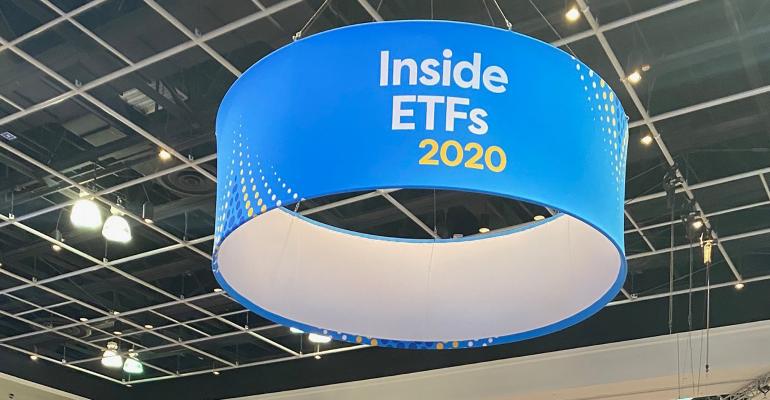Are master limited partnerships still an investment advisors should look to for yield-starved portfolios?
Jeff Saut, chief market strategist at Capital Wealth Planning, and Stacey Morris, director of research at Alerian, believe they are.
That’s been a harder sell lately. Total return for the Alerian MLP ETF, the largest MLP exchange traded fund with some 20 firms in the portfolio, fell by over 9% during the past year and 7% over the past five.
Saut, who was chief investment strategist at Raymond James for two decades, expects that to turn around, he explained at the Inside ETFs conference in Hollywood, Fla., on Monday. Several of the midstream firms in the portfolio have raised dividend forecasts for the year.
Saut expects annual distribution increases of 5% to 8% for the MLPs he owns, he said, including Enterprise Products Partners (EPD), Energy Transfer LP (ET), USA Compression Partners (USAC), MPLX LP (MPLX) and Kinder Morgan (KMI), which is actually no longer an MLP.
Morris was more skeptical that distributions will rise at such a high rate. But the distribution cuts that MLPs had been experiencing are a thing of the past, she said.
Retail investors are shy after having been burned by the plunge of upstream MLPs in 2015-16, as oil prices cratered, Saut said. But the midstream and downstream sectors remain strong.
Real estate investment trusts (REITs) offer some competition to MLPs for investors looking for yield, “but REITs are very expensive, and their yield isn’t as high,” he said.
As for utility stocks, another popular income play, they will likely suffer from rising interest rates over the next three to five years, Saut said. “MLPs are the best income vehicle I know.”
The yield spread between the Alerian MLP Index and 10-year Treasuries is as wide as it has ever been, he said. As of Jan. 17, the index yielded 8.4%, compared with 1.82% for 10-year Treasuries.
Morris also dispelled a common myth that MLPs are tied to the price of oil—the correlation is about 0.5, he said. That misconception is part of the reason why the MLPs are cheap.
The price of oil would have to drop to $40 a barrel for a significant amount of time, leading to production pullbacks, to really hurt the MLPs, Morris said.
Meanwhile, debt is no longer as much of a burden as it was previously for midstream MLPs, Saut said, as these firms have gone through a round of raising capital already.
Midstream MLPs used to have a debt ratio of 5 times, as they spent to build out their infrastructure, Morris said. Now they’re targeting in the 3 to 3.5.
The focus on sustainable energy won’t hurt MLPs for a long time either, he said, as oil and natural gas consumption are foreseen to remain high in many parts of the world.
“Renewables are a longer-term threat,” Morris said. “But people understand how difficult it is to switch energy sources.” Oil demand remains strong in the relatively strong growing countries of India and China, Morris pointed out.
MLPs themselves aren’t immune to environmental/social/governance issues, Morris said. “Midstream MLPs and ESG don’t have to be mutually exclusive. They can have good ESG characteristics.”
She classifies MLPs as a “defensive” energy investment. “It’s a nice diversifier for an income portfolio.”





